Curiosity about our four-legged friends has always been a part of human nature. From their loyalty to their unique physical features, dogs never amaze us. One such fascinating feature is the curly tail.
It’s not just the wagging motion that grabs our attention but the sheer diversity of dogs that sport these whimsical tails. This article will explore the top 15 dogs with curly tails and uncover the intriguing reasons behind this charming characteristic.

1. Pug
Kicking off our list is the lovable Pug. These wrinkled, snub-nosed pooches are known for their tightly coiled tails resembling cinnamon rolls. While their tails might not be the most functional, they certainly add to the charm of these funny little dogs.
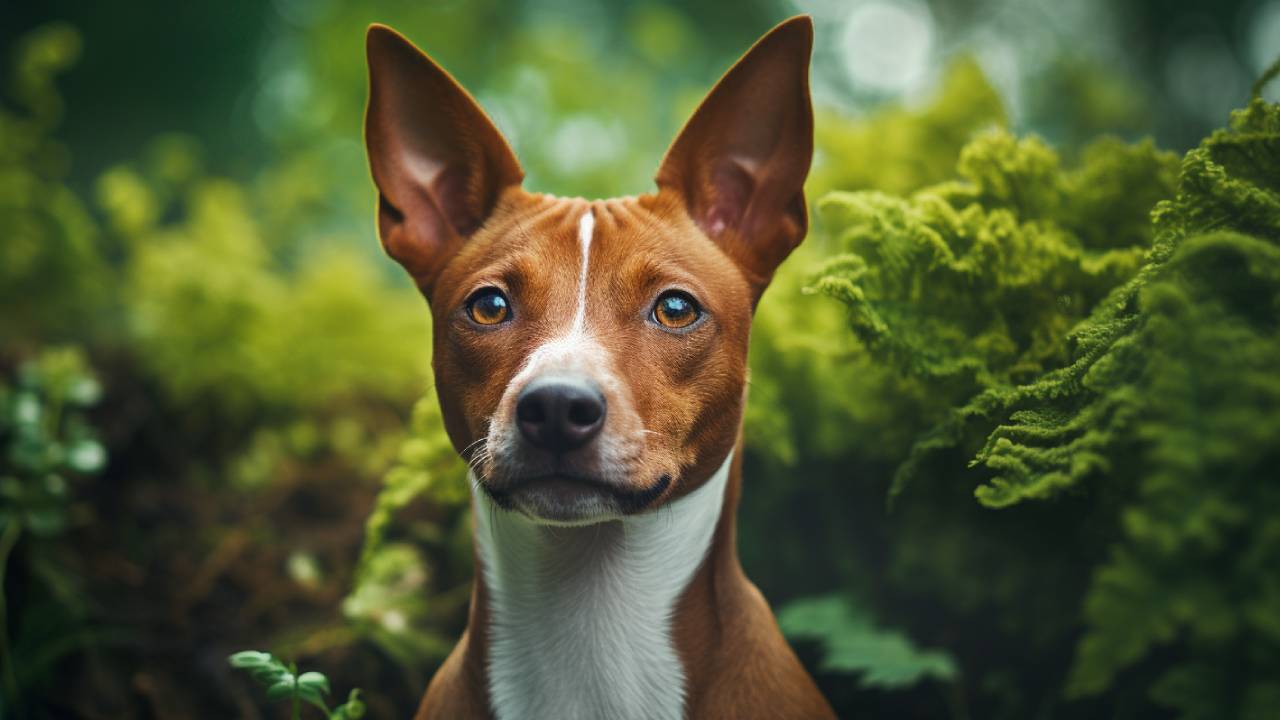
2. Basenji
Next, we have the Basenji, often called the “barkless dog.” These African natives sport a curly tail that stands proudly over their backs. Their tails reflect their agile and alert nature, which has earned them the title of “barkless” due to their unique vocalizations.

3. Akita
Akita, the regal and dignified breed from Japan, boasts a curled tail that rests gracefully over its back. This breed’s curly tail symbolizes its elegance and poise, enhancing its majestic appearance.
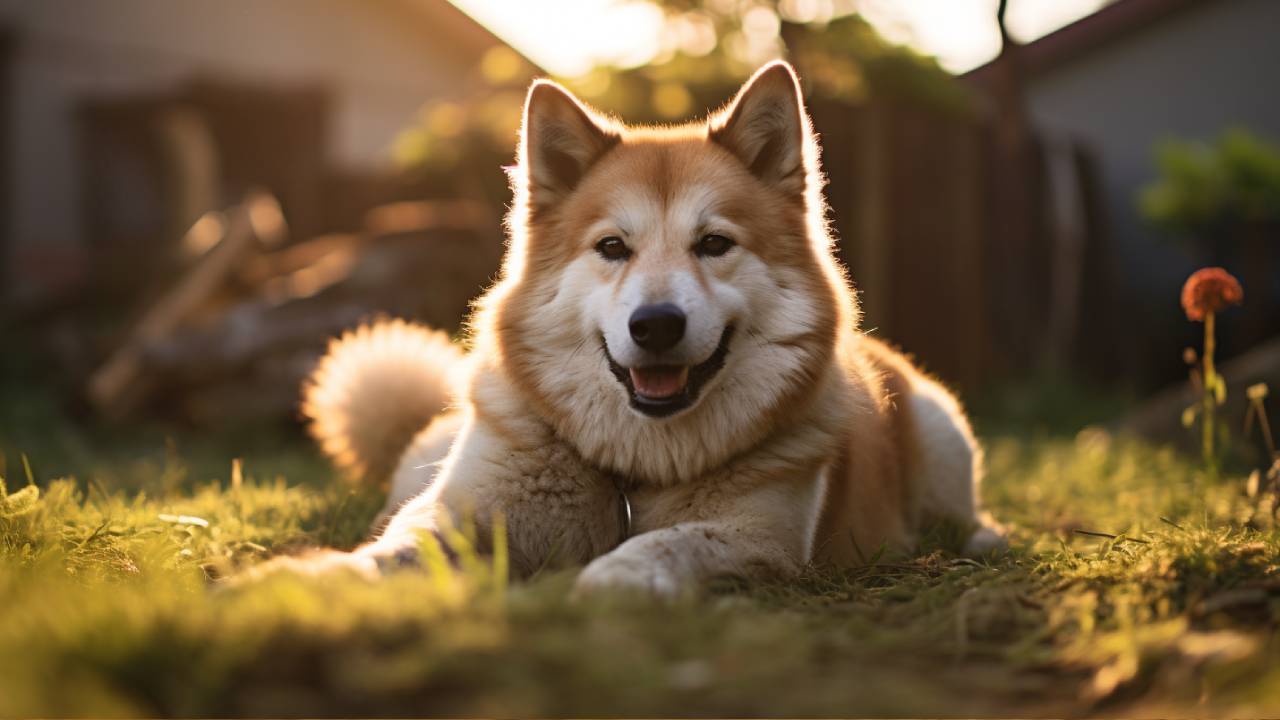
4. Shiba
Inu Hailing from Japan, the Shiba Inu is also renowned for its fox-like appearance. Its curled tail carried high over its back, is a testament to its confidence and independence. Shiba Inus are known to be spirited and agile.
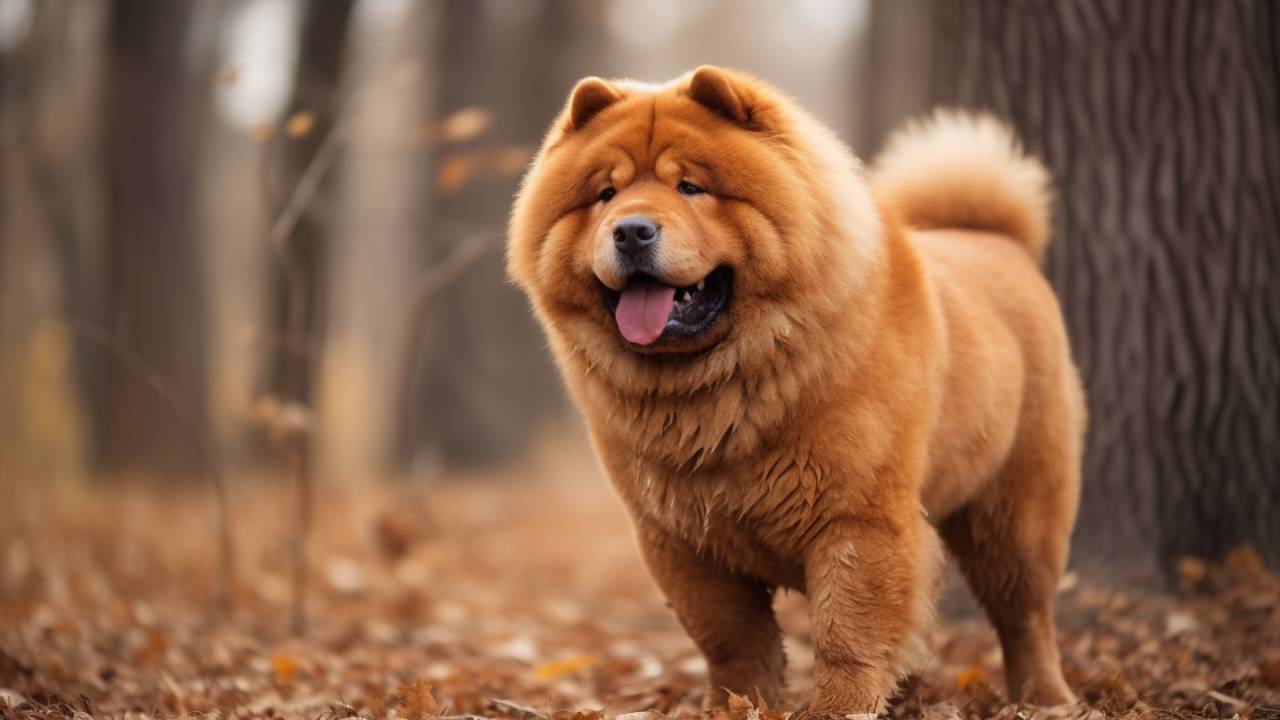
5. Chow Chow
Chow Chows are famous for their lion-like mane and distinctive blue-black tongues. Completing their unique package is a thick and curly tail that curls over their back, giving them an air of sophistication and aloofness.

6. Alaskan Malamute
In the snowy landscapes of Alaska, you’ll find the Alaskan Malamute. These powerful dogs have tails that curl gently to the side, offering them balance and stability in the harshest conditions. It’s a perfect example of how form meets function.
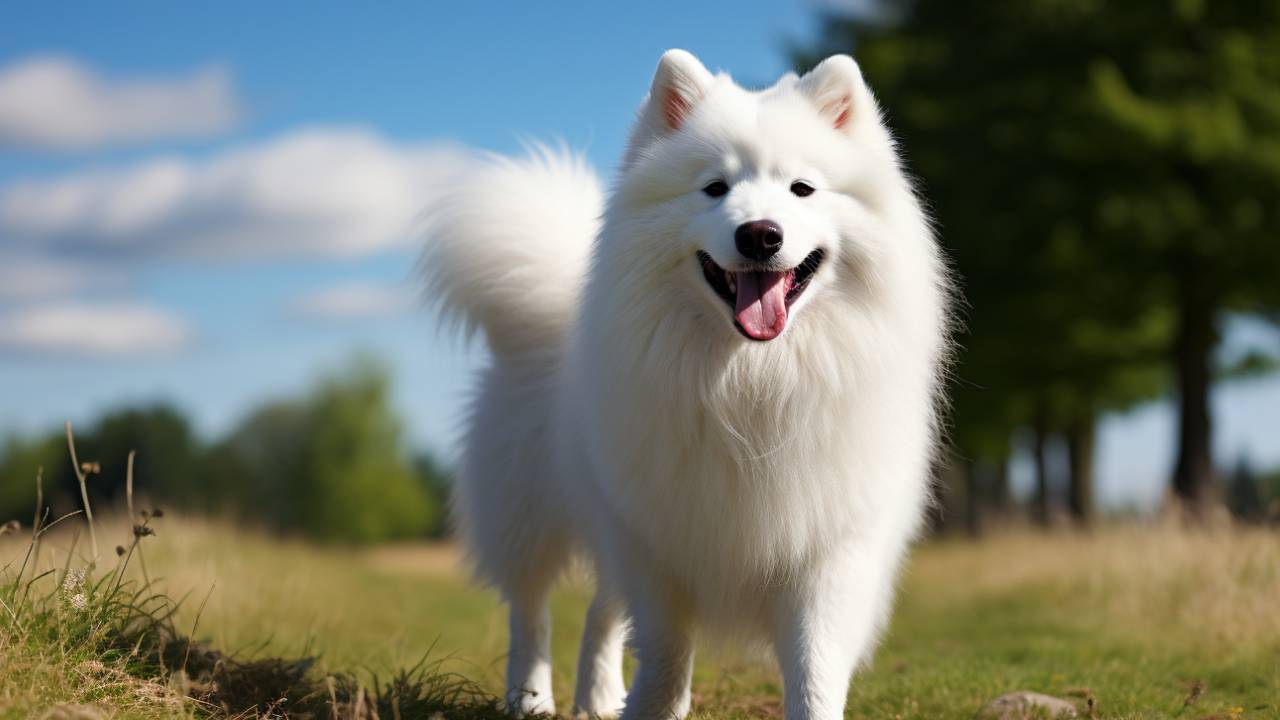
7. Samoyed
Samoyeds, often called “smiling Sammies,” are known for their friendly disposition and fluffy white coats. Their tails curl gracefully over their backs, adding to their elegance and charm.

8. Shih Tzu
The Shih Tzu, with its long, flowing coat and curly tail, is a breed that exudes royalty. These little canines were once companions of Chinese emperors, and their tails reflect their aristocratic history.
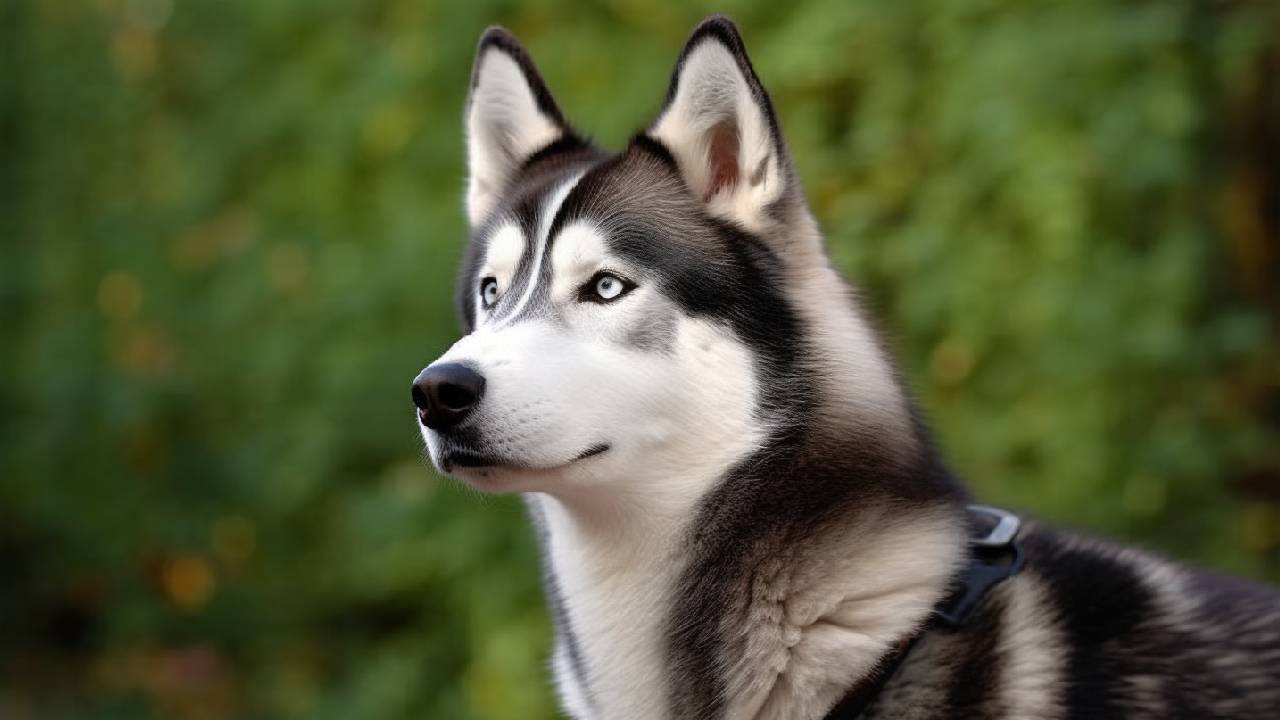
9. Siberian Husky
Siberian Huskies are well-known for their striking blue eyes and wolf-like appearance. Their tails are thick and fluffy, with a slight curl, giving them an extra layer of warmth in their frigid Arctic origins.

10. Norwegian Elkhound
The Norwegian Elkhound, a breed that dates back over a thousand years, sports a tightly curled tail that rests over its back. This tail is a symbol of its courage and determination when hunting elk and other large game.
11. Curly-Coated Retriever
It’s in the name! The Curly-Coated Retriever’s defining feature is its tightly curled coat, which extends to its tail. These intelligent and water-loving dogs are not only excellent retrievers but also unique in their appearance.
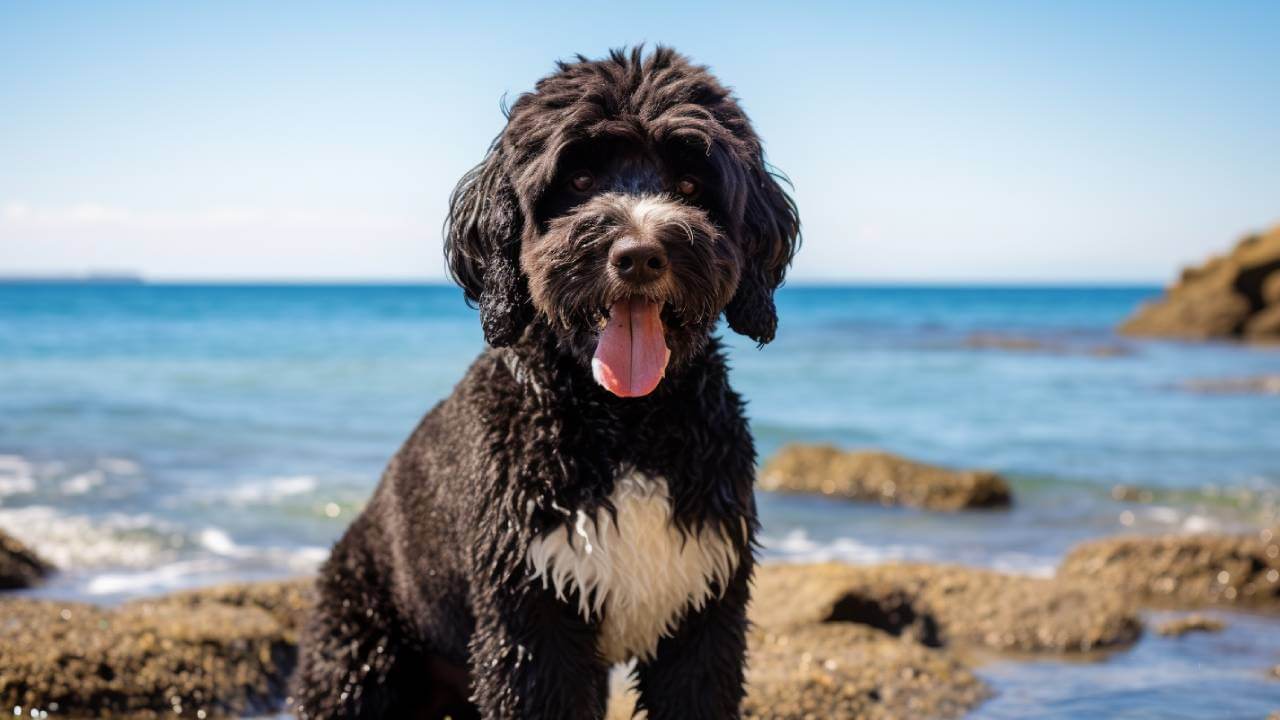
12. Portuguese Water Dog
The Portuguese Water Dog, known for its webbed feet and love for the water, has a tail that curls slightly at the tip. This tail is not just cute; it also aids them in steering and propelling through the water.

13. Irish Water Spaniel
Another water-loving breed, the Irish Water Spaniel, has a distinctive curly, rat-like tail that is as fun as it is functional. This breed is known for its enthusiasm and love for all things aquatic.

14. American Eskimo Dog
American Eskimo Dogs, despite their name, are not from the Arctic but rather descended from European Spitz breeds. They have fluffy, curled tails that add a touch of elegance to their appearance.

15. Afghan Hound
Last, we have the Afghan Hound, known for its graceful and aristocratic demeanor. Their tails are not tightly curled but have a subtle curve that adds to their unique beauty.
Now that we’ve delved into the world of dogs with curly tails, let’s explore why some dogs are blessed with this adorable feature.
Why Do Some Dogs Have Curly Tails?
The curly tail phenomenon is not just a random twist of fate; it often has a purpose rooted in a dog’s history and biology.
Evolutionary Adaptations
One theory suggests that curly tails are an evolutionary adaptation. In the wild, ancestral dogs used their tails to communicate, signaling submission or dominance. A curly tail might have been advantageous in protecting the tail from injury while still conveying important messages to pack members.
Climate and Environment
The environment in which a breed originated can influence the curliness of their tails. For example, Arctic breeds like the Alaskan Malamute and Siberian Husky have curled tails to help keep them warm in cold climates. On the other hand, water-loving dogs like the Portuguese Water Dog and Irish Water Spaniel may have curly tails to aid in swimming.
Genetic Factors
Genetics plays a significant role in a dog’s tail shape. Specific genes dictate the length and curliness of a dog’s tail. The presence or absence of particular genes can result in a tightly curled tail, a loose curl, or a straight tail.
Breed Standards
In some cases, breed standards set by kennel clubs and breed organizations dictate a dog’s appearance, including its tail’s shape. Breeding for specific traits can lead to the development of curly tails within a breed.
Functionality
In certain breeds, the curly tail serves a functional purpose. For example, the Curly-Coated Retriever’s tight curls help repel water, keeping them dry while retrieving in the water.
In essence, a dog’s curly tail is often a culmination of various factors, including its history, environment, genetics, and functionality.
Conclusion
Dogs with curly tails are a delightful and diverse group, each breed bringing its unique charm and history. These tails are not just a random twist of fate; they often serve essential functions or reflect a breed’s origins and genetics.
So, the next time you see a canine companion with a whimsical twist to its tail, remember its fascinating reasons and appreciate the rich tapestry of canine diversity that makes our four-legged friends so endlessly captivating.

FAQs
Can a dog’s curly tail indicate its temperament?
While tail shape alone doesn’t determine temperament, some breeds with curly tails, like Shih Tzus, may exhibit characteristics associated with their regal appearance, such as confidence and composure.
Are there health concerns related to curly tails in dogs?
In some breeds, tight curls in tails may lead to skin issues or limited tail movement. Regular grooming and monitoring can help prevent complications.
Can a dog’s tail shape change over time?
A dog’s tail shape typically remains consistent throughout its life. However, injuries or medical conditions can affect its appearance.
Are curly-tailed dogs more or less likely to shed?
Tail curliness doesn’t significantly affect a dog’s shedding patterns. The breed and individual characteristics primarily influence shedding.
Do curly tails affect a dog’s ability to communicate through body language?
Curly tails might limit the range of tail movements, but dogs use other body language cues, like facial expressions and ear positions, to convey emotions and intentions effectively.
Can you train a dog to control its curly tail’s movements?
While you can’t change a dog’s tail shape, you can teach them commands related to tail movement. Positive reinforcement training can help manage their behavior.





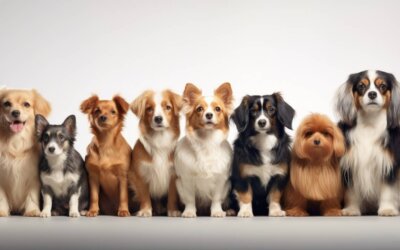
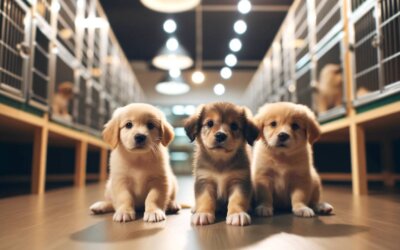
I’ve always admired dogs with curled tails! Do you think their tail shape affects their personality?